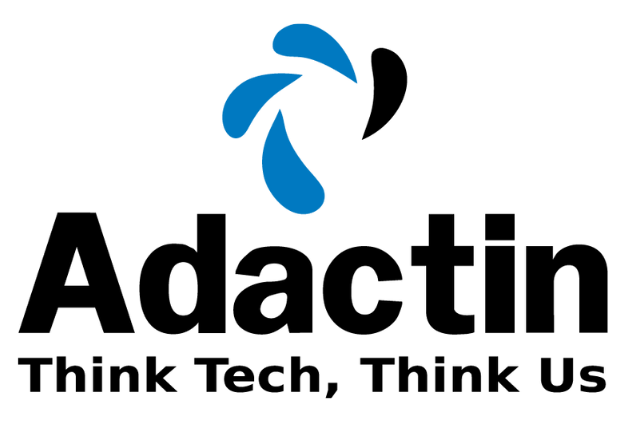Agile is not a process, it’s a philosophy or set of values to move quickly and easily. In this article I am going to discuss one of the effective agile planning and estimation method.
Planning Poker:
It is an Agile estimating technique which has become very popular in the last few years. Agile teams have taken advantage in using Planning poker cards as it is extremely simple to play and also powerful technique to extricate the collective wisdom of the team.
How to Play??
The basic rules are:
- Each participant gets a deck of cards as shown in the fig 1.2 which represents a sequence of numbers or the Fibonacci sequence (1, 2, 3, 5, 8, 13, 21, etc.), which is more popular.
- Product owner explains one User story from the Product Backlog to the team
- Product owner answers all the relevant questions that the team have got about the User story.
- Every participant selects a card which represents an estimate of the time, risk involved, complexity, and other relevant factors involved.
- When everybody are ready with an estimate, all the cards are presented on a board for finalizing.
- If there is a harmony /agreement on one particular number then the estimation is recorded and move to another User story.
- Repeat the same process for all the User stories in the product Backlog as shown in the fig 1.3
Reasons behind the success of using Planning poker:

- Estimates are done in groups, logic behind is simple – Each person in the team have different experience and different ideas, there by benefit of teams collective intelligence.
- Strengthen collaboration by engaging entire team.
- Creates harmony in estimating rather than having a single person control the estimate.
- Reveal issues early through timely discussions for each story.
Conclusion:
By following the correct process and making an estimate for each User story allows the team to understand clearly how much the team can deliver the working software at the end of each Sprint/iteration.
Hope you enjoyed reading…have a great day.
Sujatha Nalluri
Test Analyst
Adactin Group
